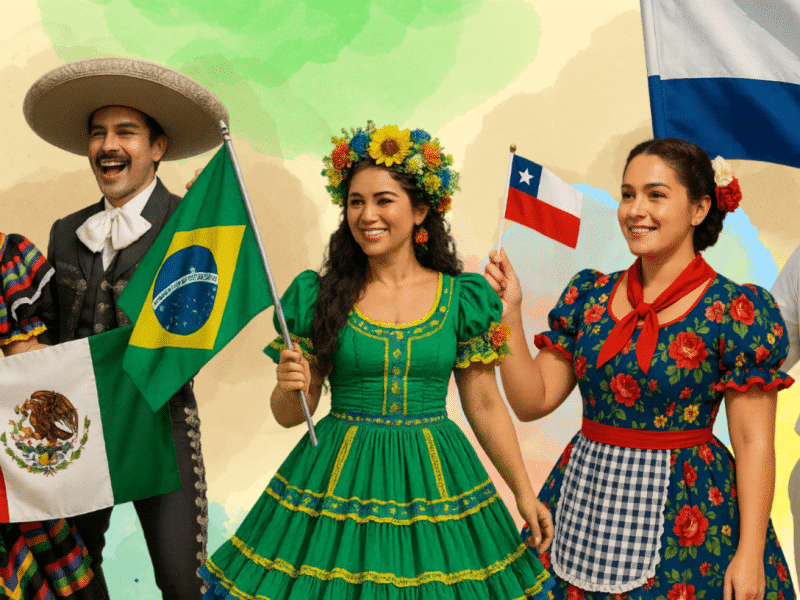Cook Like Abuela: 8 Must-Watch Latino Cooking Channels
Craving the comforting taste of abuela’s kitchen but finding it hard to replicate those recipes? Say no more! Check out these abuelas bringing their cooking wisdom straight to your screens.

We all love the smell of coming home from a long day to find our family cooking some of our favorite Latino meals. From homemade tortillas to tostones, our families have typically carried on cooking some of the most traditional foods from our origin countries to curb their cravings. Whether you just simply want to learn more about making foods from other countries or just want to be able to make recipes on your own, our list of our favorite Latino cooking accounts is here to save the day.
Cocina Con Adela

Salvadoran cocinera Adela is showing up on her YouTube channel to show you how to cook some of the best dishes across Latin America. Plenty of videos cover recipes from her native El Salvador, but she has plenty of recipes from other countries to meet your needs.
El Jibaro Moderno

After the earthquakes that shook up the island of Puerto Rico in 2020 and right before the pandemic hit, Miguel Sanchez began posting videos as El Jibaro Moderno showing you how to conquer some of Puerto Rico’s most beloved dishes. With easy instructions, you’re sure to become a home chef in no time.
Tropical Cake Pops
If you’re looking for mostly dessert recipes, Tropical Cake Pops is your home. Mostly Puerto Rican in nature, you can whip up delicious treats like tembleque or coquito with these amazing videos. Beware though – their content is only available on Facebook.
Muy Bueno Cooking
We all love a great recipe, and Mexican blogger Yvette provides us with tons of them on her page, Muy Bueno Cooking. This author has also released two cookbooks, so there’s nothing short of everything here.
Smart Lil Cookie
Vanessa Mota dominates Dominican cuisine amongst others on her blog Smart Little Cookie. From cookies to sofrito, her simple recipes make it all possible in your kitchen.
Mexico Cooking Club

We love content creators that take risks with their cooking, and Mexico Cooking Club doesn’t disappoint with their amazing experimental recipes.
Happy Bellies By Jenny
Jenny Martinez shows us how to do it all with her endless recipes and over 2 million followers on TikTok! From modernized Mexican food to joining the battle of spicy chicken sandwiches, she is truly a professional.
Abuela’s Kitchen

Silvia and her abuela show us the world of traditional Mexican cuisine on their YouTube channel, Abuela’s Kitchen. The best source of cooking is always abuela, so be sure to check them out to make your dinner favorites.




